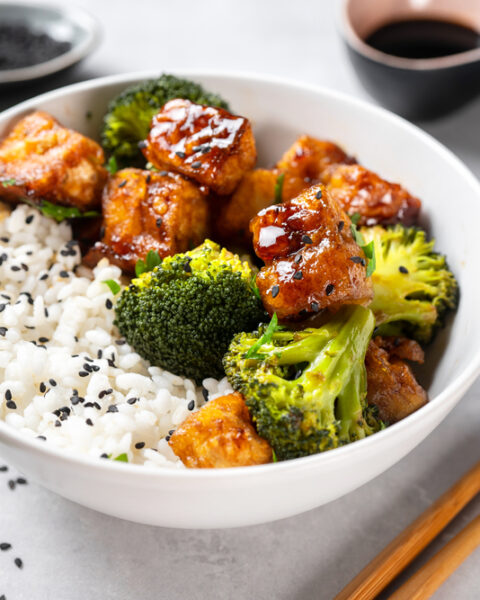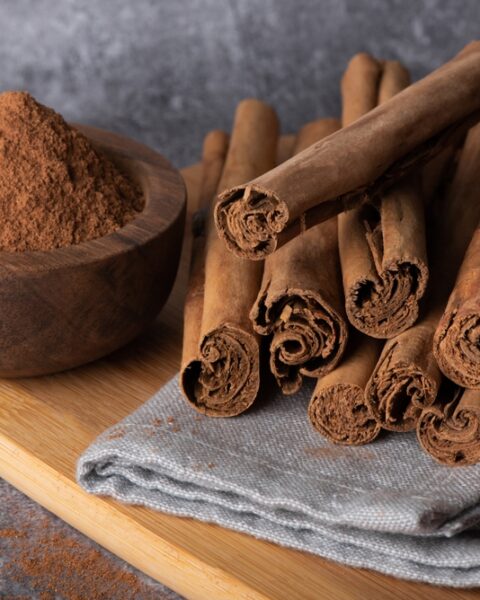Sometimes, the best way to level up your cooking is by trying something unexpected. There’s a whole world of spices out there that rarely get the spotlight, yet they pack bold, exciting flavors that can completely change your go-to recipes. Ready to spice things up? Let’s dive into a lineup of lesser-known flavors that will make your meals unforgettable.
Contents
- 1 Grains of Paradise
- 2 Long Pepper
- 3 Ajwain Seeds
- 4 Sumac
- 5 Nigella Seeds
- 6 Fenugreek Seeds
- 7 Epazote
- 8 Mahlab
- 9 Urfa Biber
- 10 Anardana
- 11 Black Garlic
- 12 Pink Peppercorns
- 13 Amchur (Mango Powder)
- 14 Asafoetida (Hing)
- 15 Galangal
- 16 Szechuan Peppercorns
- 17 Black Lime (Loomi)
- 18 More From RetailShout
- 19 This Week’s 12 Hottest Finds at Costco (12/01/2024)
- 20 12 Walmart’s Best Christmas Tree Deals for a Festive Holiday
Grains of Paradise
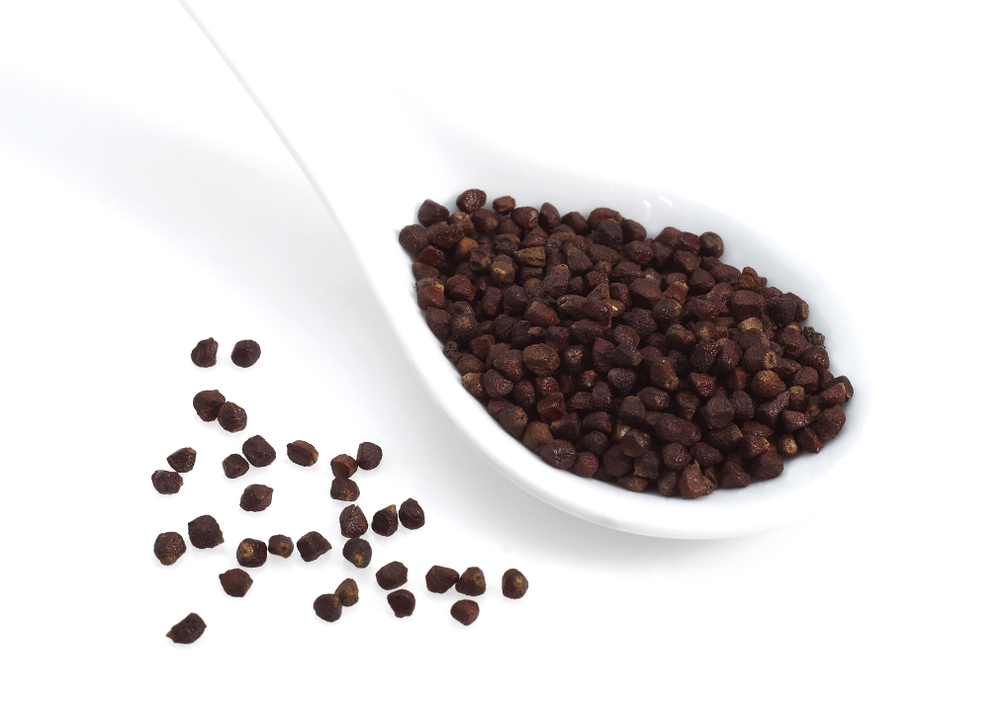
Grains of Paradise, native to West Africa, are small, reddish-brown seeds with a peppery, slightly citrusy flavor. Historically, they were used in Europe as a substitute for black pepper. Their warm, zesty notes make them ideal for seasoning meats, stews, and even beverages like beer. Incorporating Grains of Paradise can add a unique depth to both savory and sweet dishes.
Long Pepper
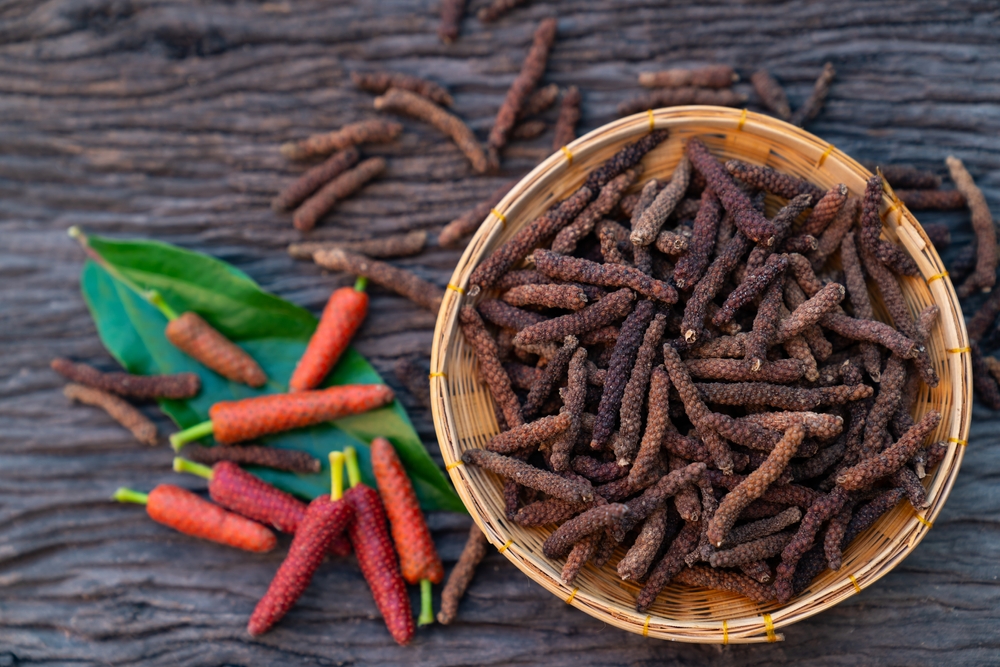
Long Pepper resembles small catkins and offers a complex flavor profile, combining sweetness, heat, and a hint of earthiness. It was once more popular than black pepper in ancient Rome and Greece. This spice can be used in place of black pepper to add a nuanced heat to dishes like curries, stews, and marinades. Its unique taste can also enhance desserts such as spiced cakes and cookies.
Ajwain Seeds
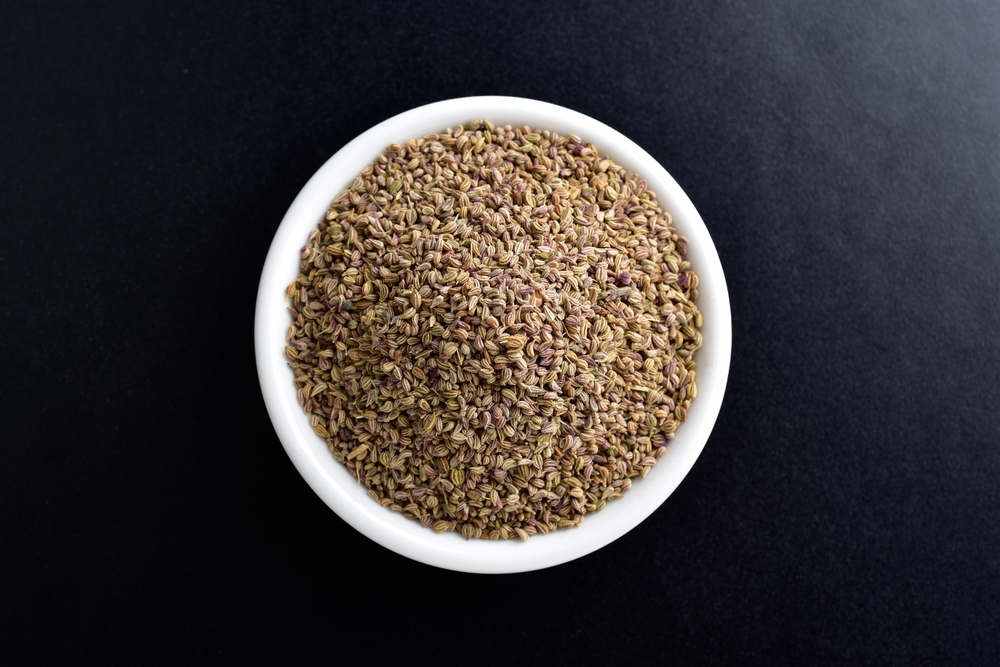
Ajwain seeds, prevalent in South Asian cuisine, have a strong, thyme-like flavor with a hint of anise. They are commonly used in Indian breads, such as parathas, and in lentil dishes to aid digestion. To release their aromatic oils, ajwain seeds are often dry-roasted or fried in ghee before being added to recipes. Their distinctive taste can elevate savory pastries and vegetable curries.
Sumac
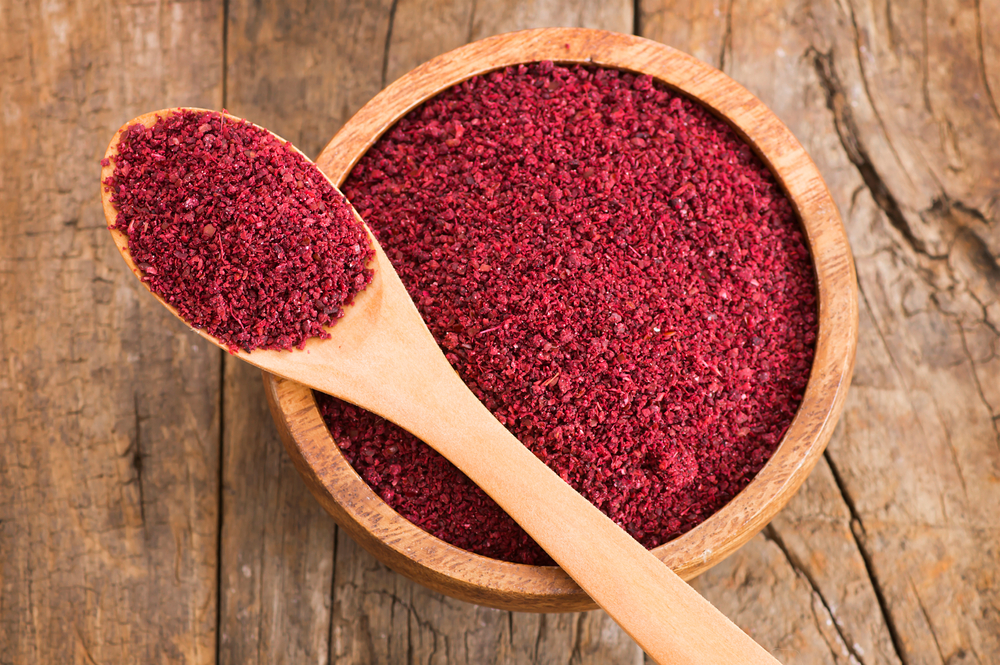
Sumac is a Middle Eastern spice made from dried and ground berries, imparting a tangy, lemony flavor. It’s often sprinkled over salads, grilled meats, and rice dishes to add brightness. Sumac is also a key ingredient in the spice blend za’atar. Its vibrant red hue and tartness make it a versatile addition to various cuisines.
Nigella Seeds
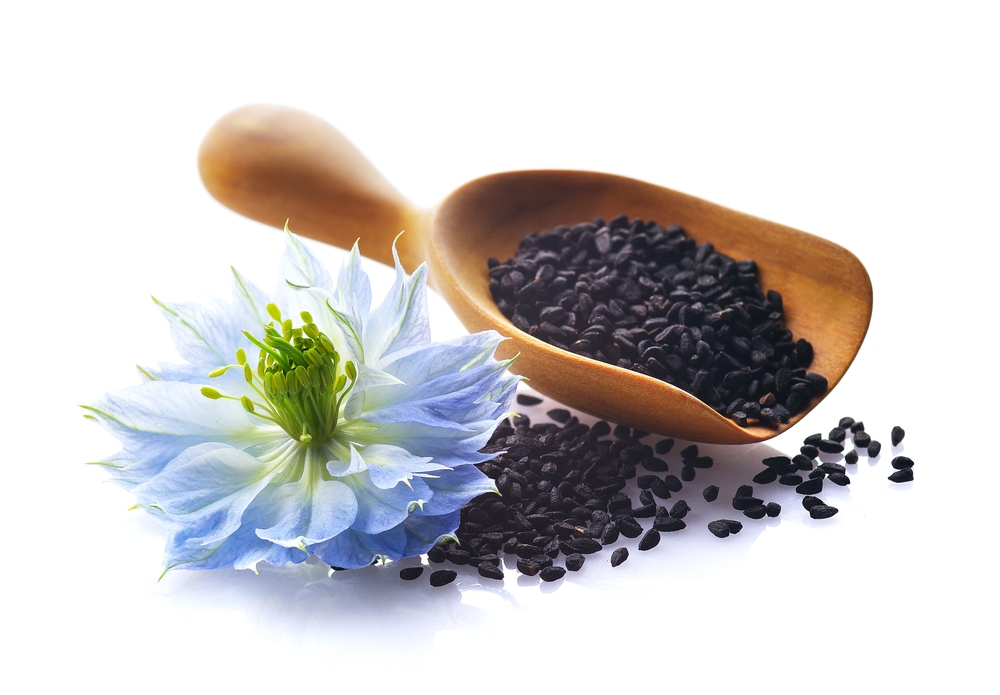
Nigella seeds, also known as kalonji, are small black seeds with a slightly bitter, onion-like flavor. They are commonly used in Indian and Middle Eastern cuisines, sprinkled on naan bread, and incorporated into spice mixes like panch phoran. Nigella seeds add a unique crunch and aroma to vegetable dishes, curries, and pickles.
Fenugreek Seeds
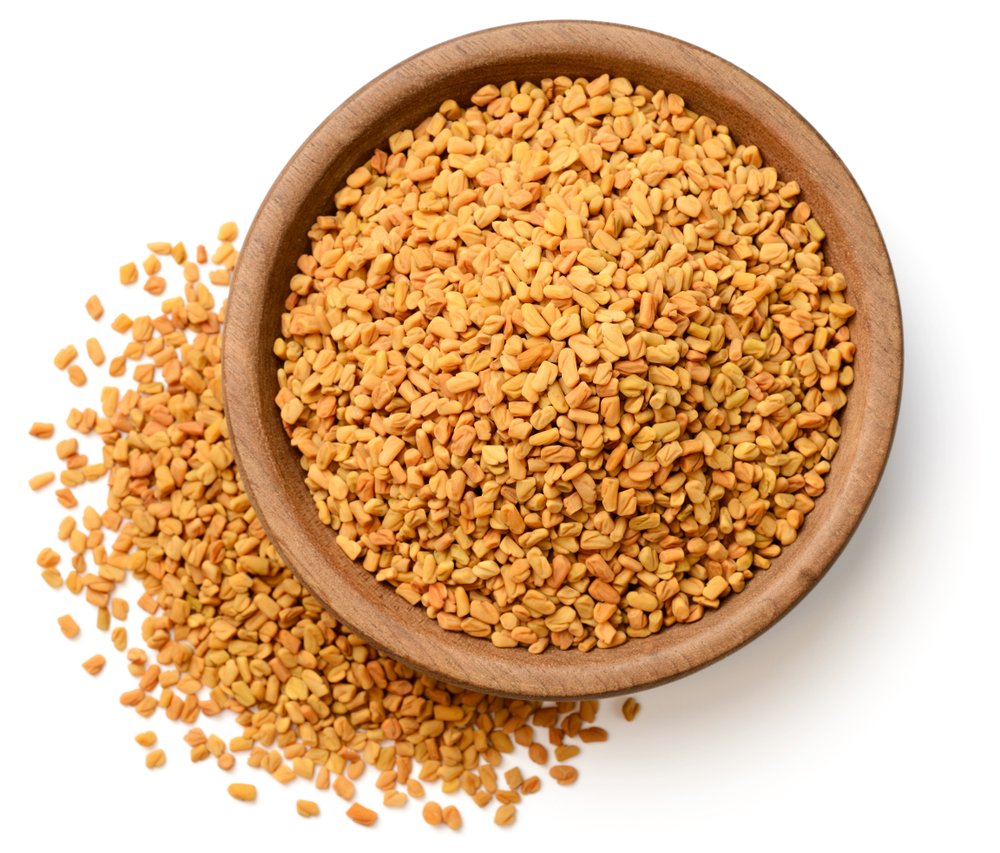
Fenugreek seeds have a slightly sweet, nutty flavor reminiscent of maple syrup. They are a staple in Indian cooking, used in spice blends like garam masala and in dishes such as curries and lentil stews. To enhance their flavor and reduce bitterness, fenugreek seeds are often dry-roasted before use. They can also be sprouted and added to salads for a nutritional boost.
Epazote
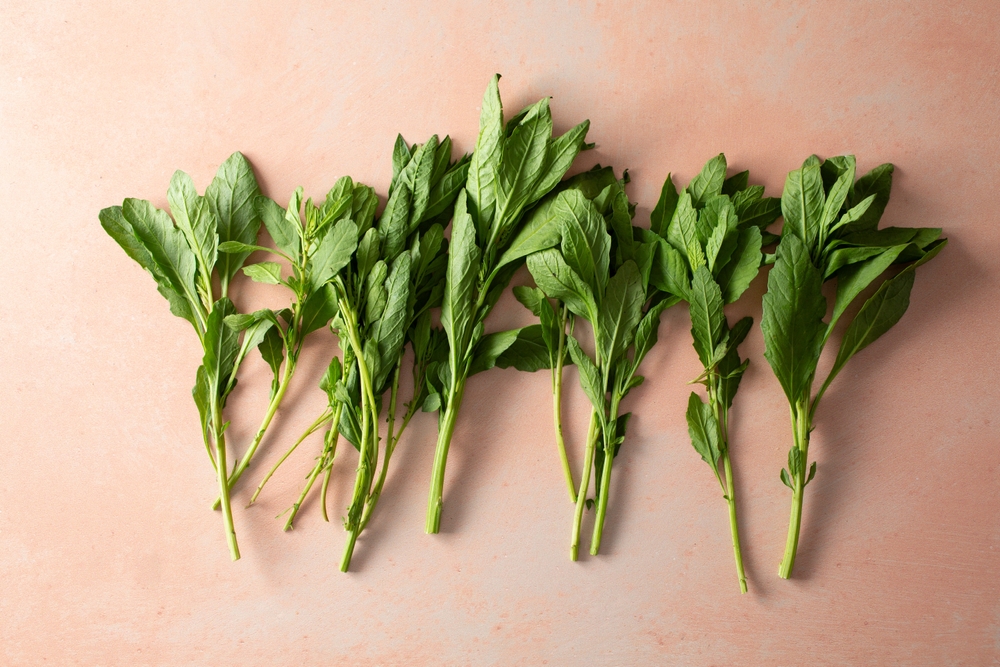
Epazote is a pungent herb native to Mexico, traditionally used to flavor bean dishes and reduce their gaseous effects. Its unique taste is often described as a combination of oregano, anise, and mint. Epazote is also used in quesadillas and moles to impart a distinct flavor. Fresh leaves are preferred, but dried epazote can be used when fresh is unavailable.
Mahlab
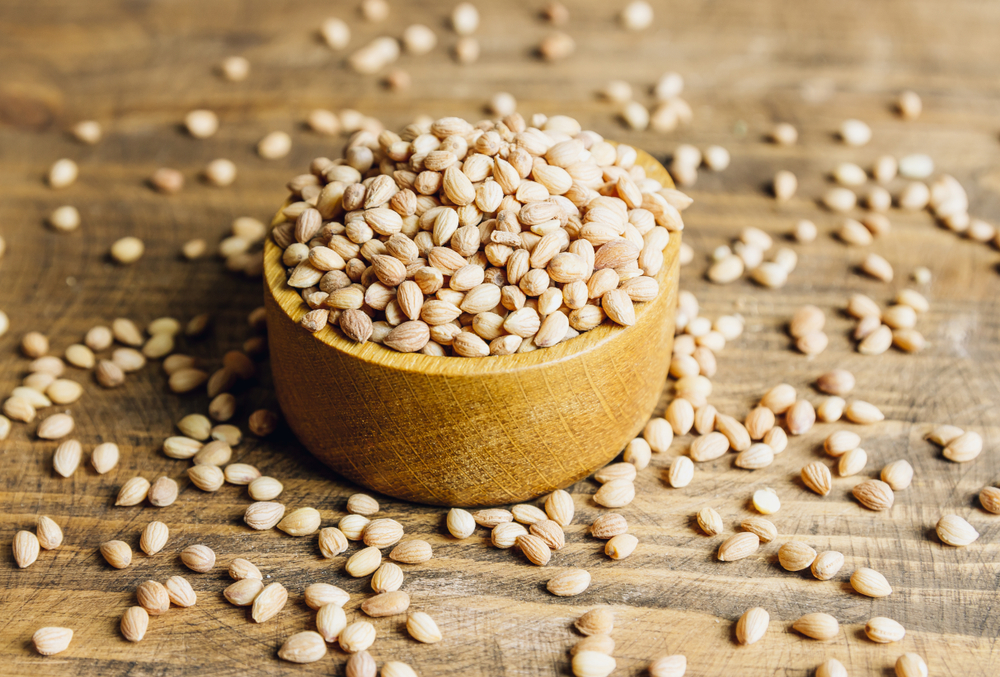
Mahlab is a spice made from the seeds of the St. Lucie cherry, offering a floral and slightly bitter almond flavor. It’s commonly used in Middle Eastern and Mediterranean baked goods, such as breads and pastries. Mahlab adds a unique aroma and taste to sweet and savory dishes alike. Due to its potency, it’s typically used in small quantities to enhance flavor without overpowering.
Urfa Biber
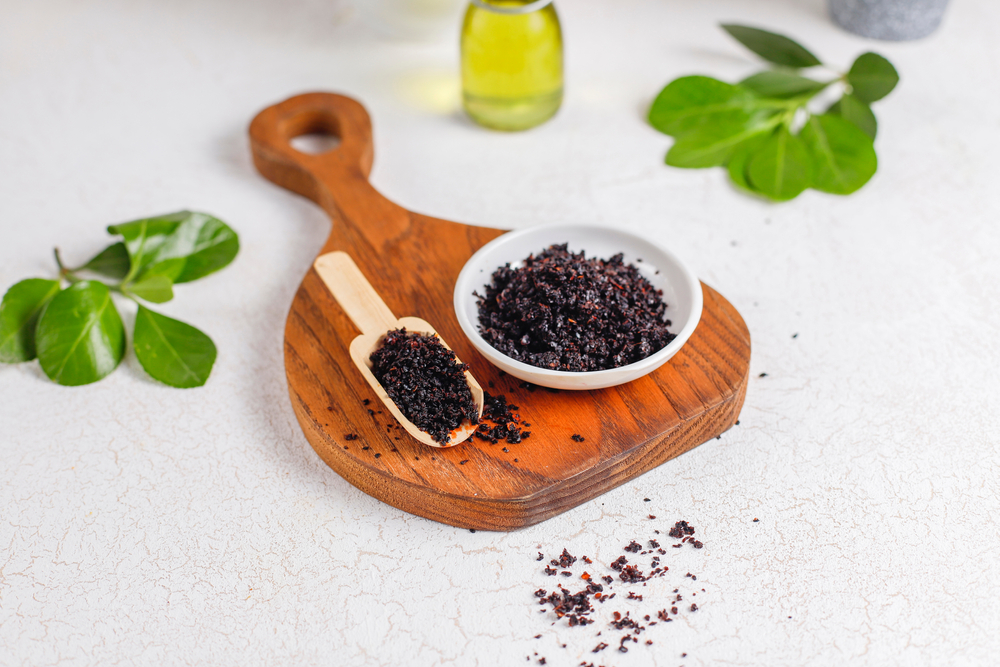
Urfa Biber, also known as isot pepper, is a Turkish chili pepper with a smoky, sweet, and slightly raisin-like flavor. It’s traditionally used in Turkish cuisine to season meats, stews, and salads. The peppers are dried in the sun during the day and wrapped tightly at night, a process that enhances their rich, complex flavor. Urfa Biber’s mild heat and deep taste make it a versatile addition to various dishes.
Anardana
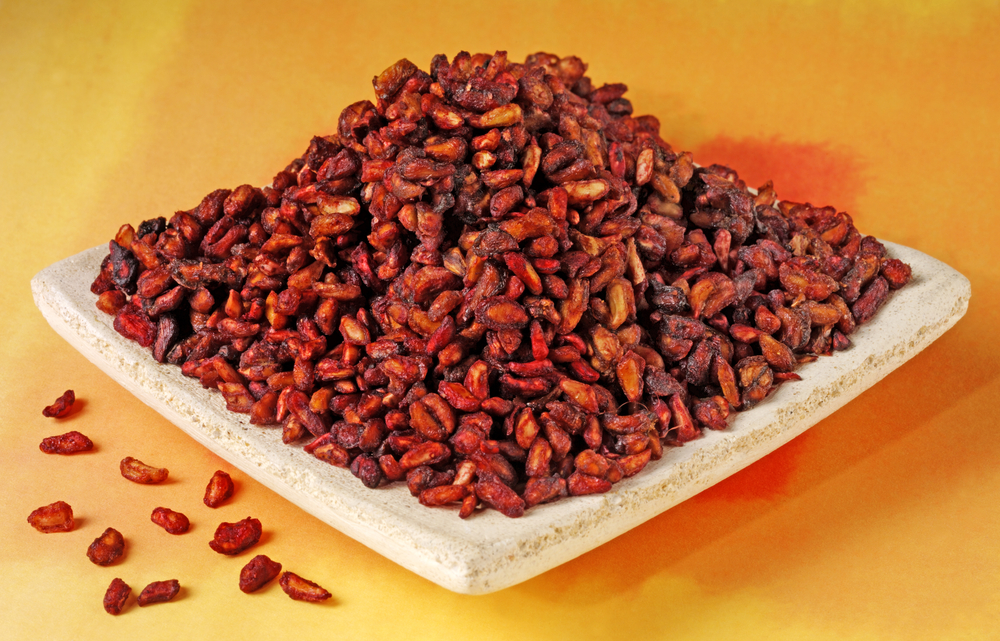
Anardana consists of dried pomegranate seeds, offering a tangy and slightly sweet flavor. It’s used in Indian and Middle Eastern cuisines to add acidity to dishes like chutneys, curries, and salads. The seeds can be ground into a powder or used whole, providing both flavor and texture. Anardana is also incorporated into spice blends and marinades for meats.
Black Garlic
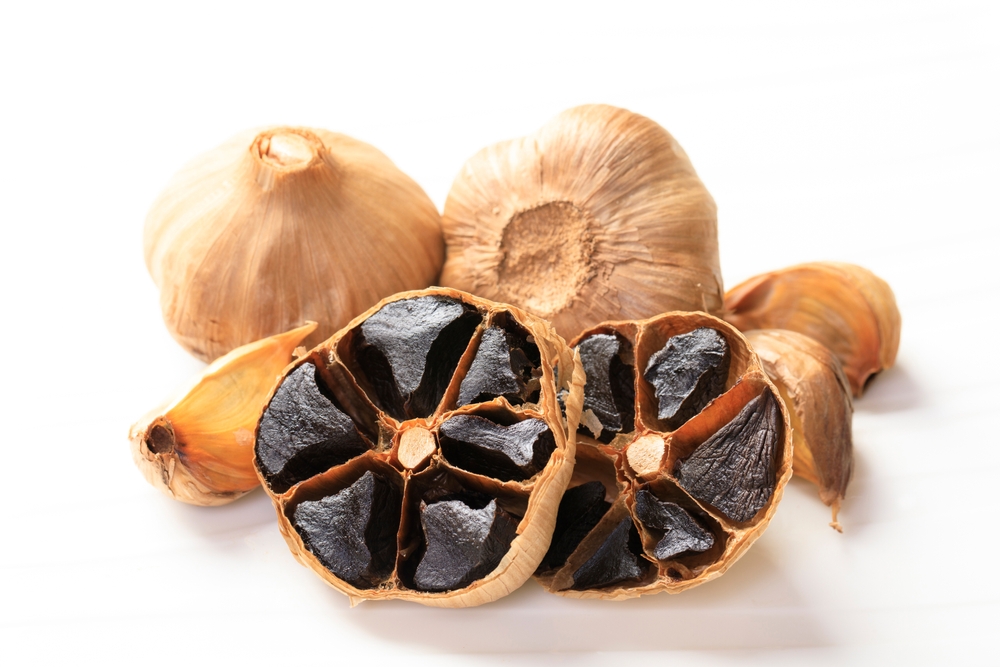
Black garlic is regular garlic that has been fermented, resulting in a sweet, umami-rich flavor with hints of balsamic vinegar and tamarind. It’s used to enhance sauces, dressings, and marinades, imparting a deep, savory taste. Black garlic’s soft texture allows it to be easily spread on bread or blended into purees. Its unique flavor profile makes it a favorite in both traditional and modern cuisines.
Pink Peppercorns
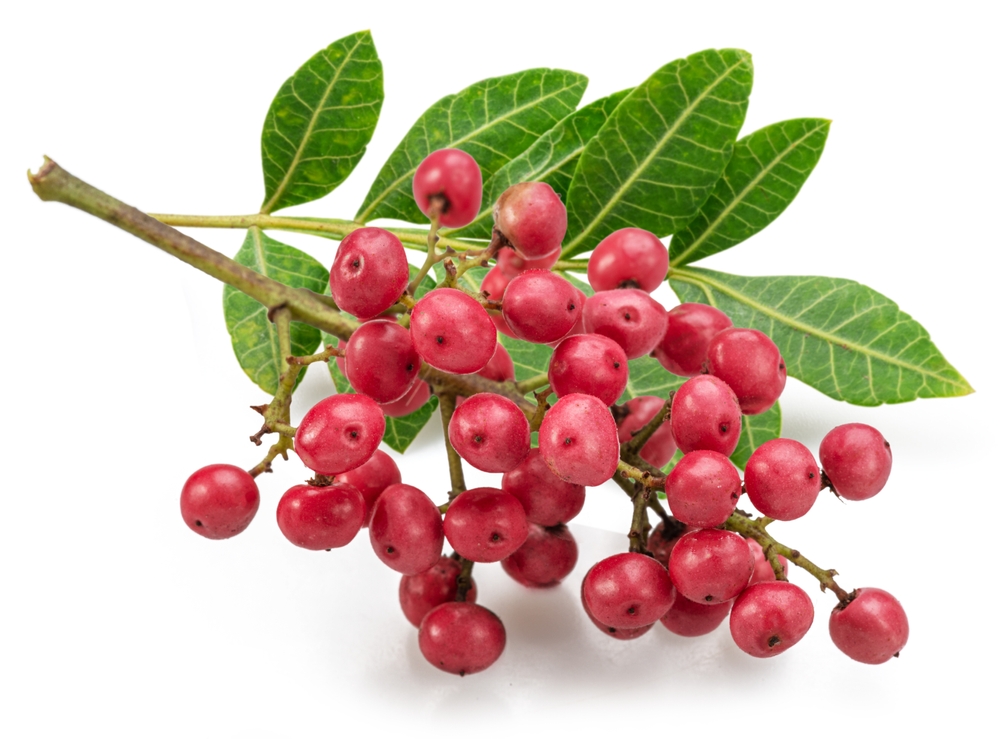
Pink peppercorns are the dried berries of the Peruvian or Brazilian pepper tree, offering a delicate, fruity, and slightly spicy flavor. Their mild taste is often compared to black pepper but with a subtle sweetness and floral notes. They are used to enhance dishes like salads, seafood, and light sauces, adding both color and complexity. Pink peppercorns also pair well with desserts, bringing a unique contrast to sweet flavors. While not technically related to black pepper, they serve as a versatile and elegant ingredient.
Amchur (Mango Powder)
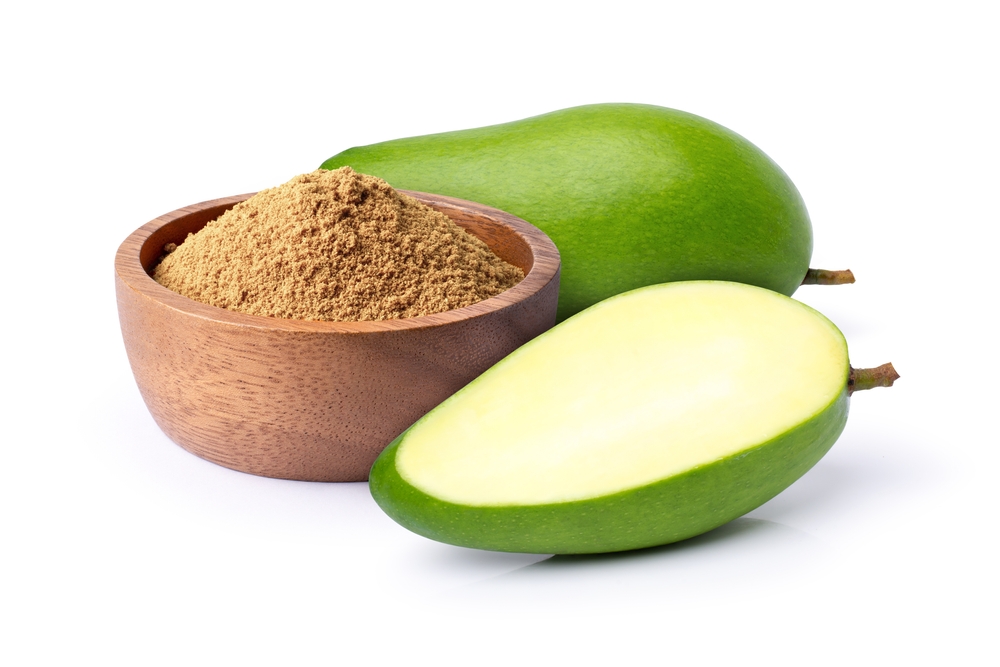
Amchur, made from dried green mangoes, is a tangy and slightly sweet spice used extensively in Indian cuisine. It is commonly added to curries, chutneys, and marinades to enhance the overall flavor profile. The powder’s tartness makes it a great substitute for lemon juice or tamarind in recipes. It is particularly effective in balancing the richness of heavy dishes, such as lentils and fried snacks. Amchur also provides a burst of fruity acidity to salads and stir-fries.
Asafoetida (Hing)
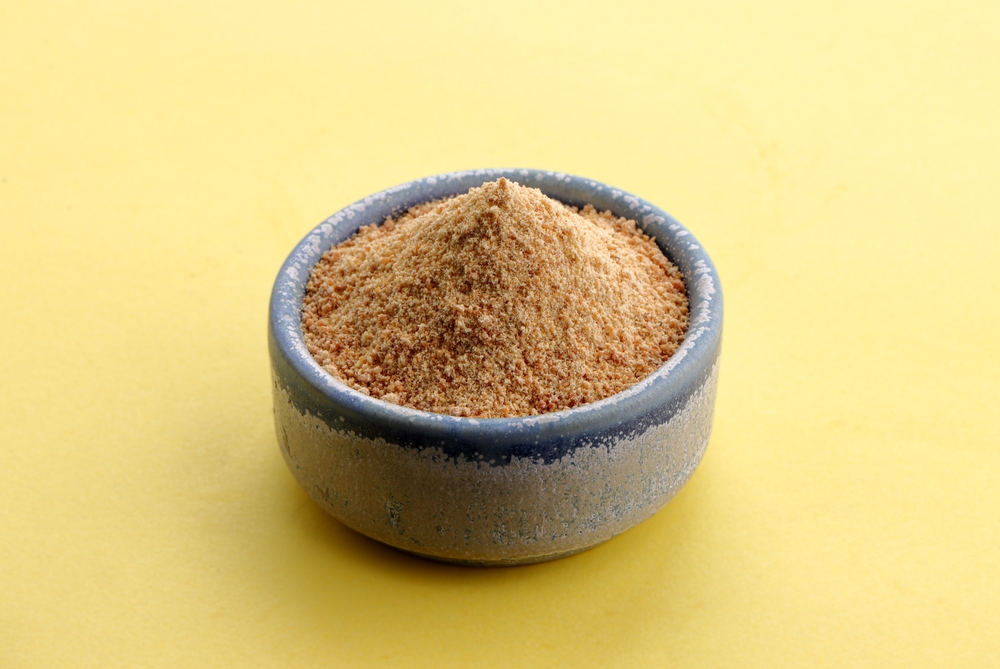
Asafoetida, a resin derived from the roots of certain plants, is known for its pungent aroma and onion-garlic-like flavor. It is a staple in Indian cooking, often used to temper dals, curries, and vegetable dishes. When heated in oil, asafoetida transforms into a savory and umami-rich seasoning. Its digestive properties make it a popular addition to lentil-based recipes. Asafoetida is also used in vegan cooking as a substitute for onion and garlic.
Galangal

Galangal, often mistaken for ginger, has a sharper, citrusy, and pine-like flavor. This Southeast Asian spice is a key ingredient in Thai and Indonesian cuisines, especially in soups, curries, and marinades. Its robust flavor adds depth to coconut milk-based dishes like tom kha gai. The root’s anti-inflammatory properties also make it a popular ingredient in traditional medicine. Galangal is typically sliced or grated and infused into broths or sauces for its unique taste.
Szechuan Peppercorns
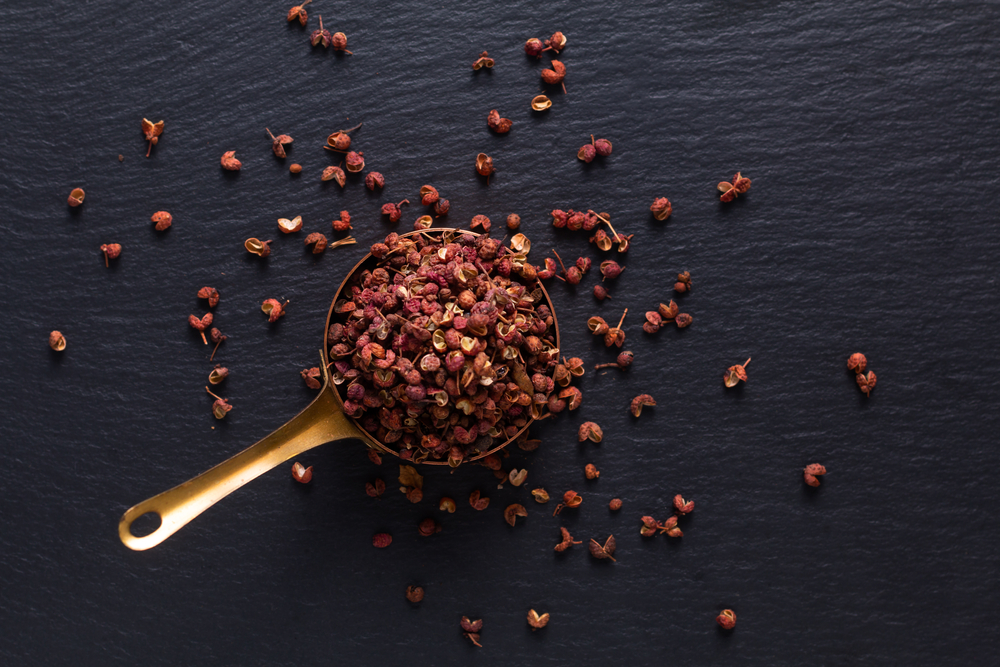
Szechuan peppercorns are not true peppercorns but dried husks of prickly ash seeds, offering a numbing and tingling sensation. They are a cornerstone of Chinese cuisine, particularly in Szechuan dishes like mapo tofu and hotpot. The spice’s citrusy, floral notes add a distinct layer of complexity to savory recipes. Szechuan peppercorns are often dry-roasted to release their oils before being ground into a powder. Their unique flavor and sensory effect are unmatched in creating bold, vibrant dishes.
Black Lime (Loomi)
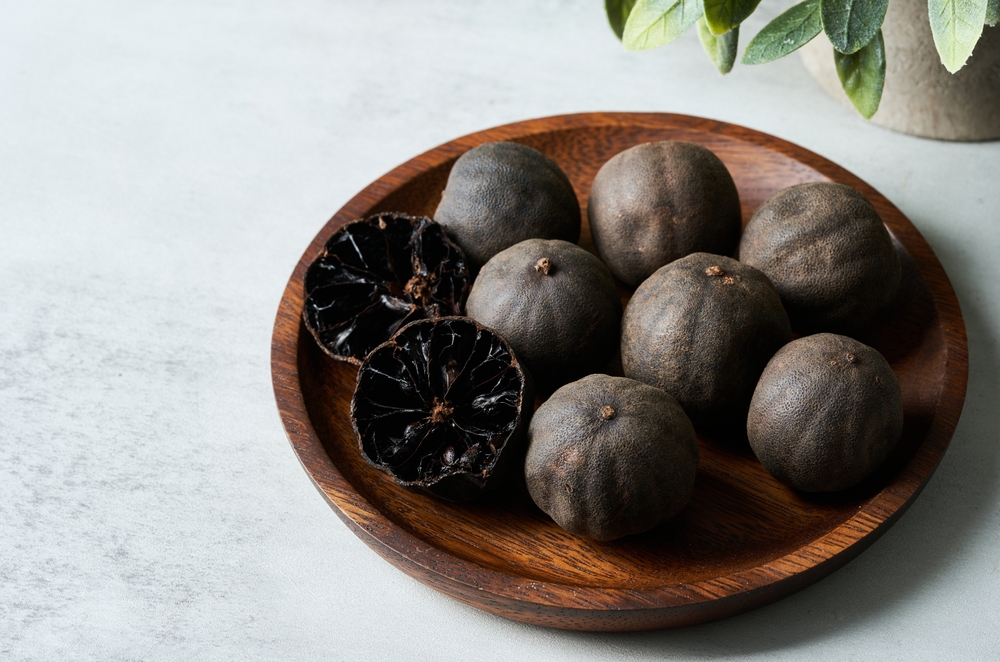
Black lime, or loomi, is made by boiling fresh limes and drying them until they turn dark. It is a staple in Middle Eastern cooking, adding a tangy, smoky flavor to soups, stews, and rice dishes. The dried limes can be used whole, crushed, or ground into powder, depending on the recipe. Black lime’s intense flavor enhances hearty dishes like lamb stews and vegetable tagines. Its versatility makes it a valuable spice for both traditional and experimental cuisine.
This article originally appeared on RetailShout.
More From RetailShout
13 Must-Have Hearth and Hand Holiday Decor from Target

The holidays are all about creating special moments, and your home’s decor plays a big part in setting the mood. Target’s Hearth & Hand collection by Magnolia offers stunning holiday decor that’s both stylish and affordable. Read More.
This Week’s 12 Hottest Finds at Costco (12/01/2024)

If you’re planning a Costco run this week, you’re in for a treat. The store is packed with new arrivals that are perfect for the season. From delicious snacks to handy household gadgets, these finds make shopping feel like a treasure hunt. Read More.
12 Walmart’s Best Christmas Tree Deals for a Festive Holiday

The holiday season is here, and it’s time to deck the halls with the perfect Christmas tree! Whether you love a classic green look, a trendy white tree, or even a bold pink statement piece, Walmart has some incredible deals to make your holiday sparkle without breaking the bank. Read More.

